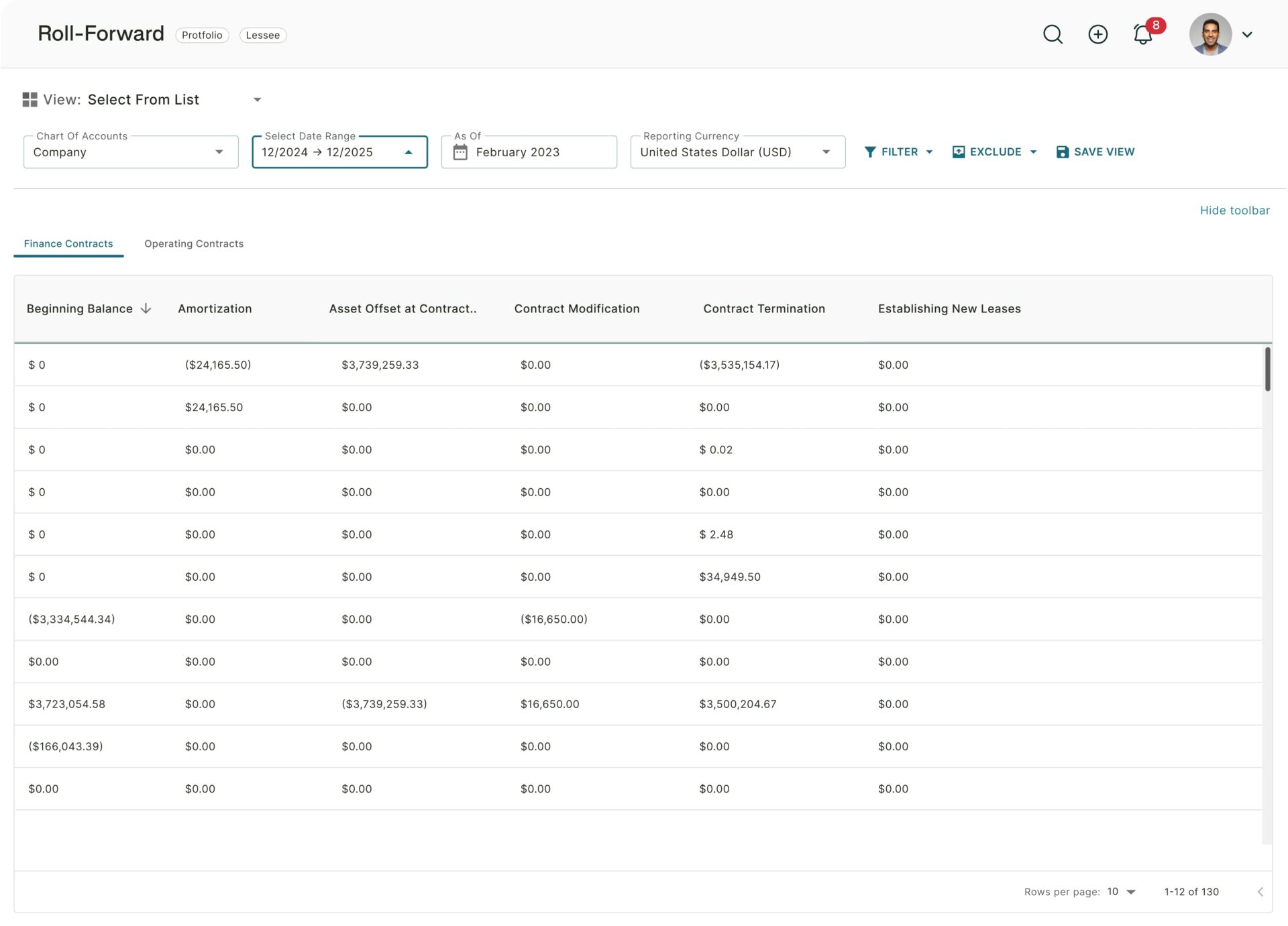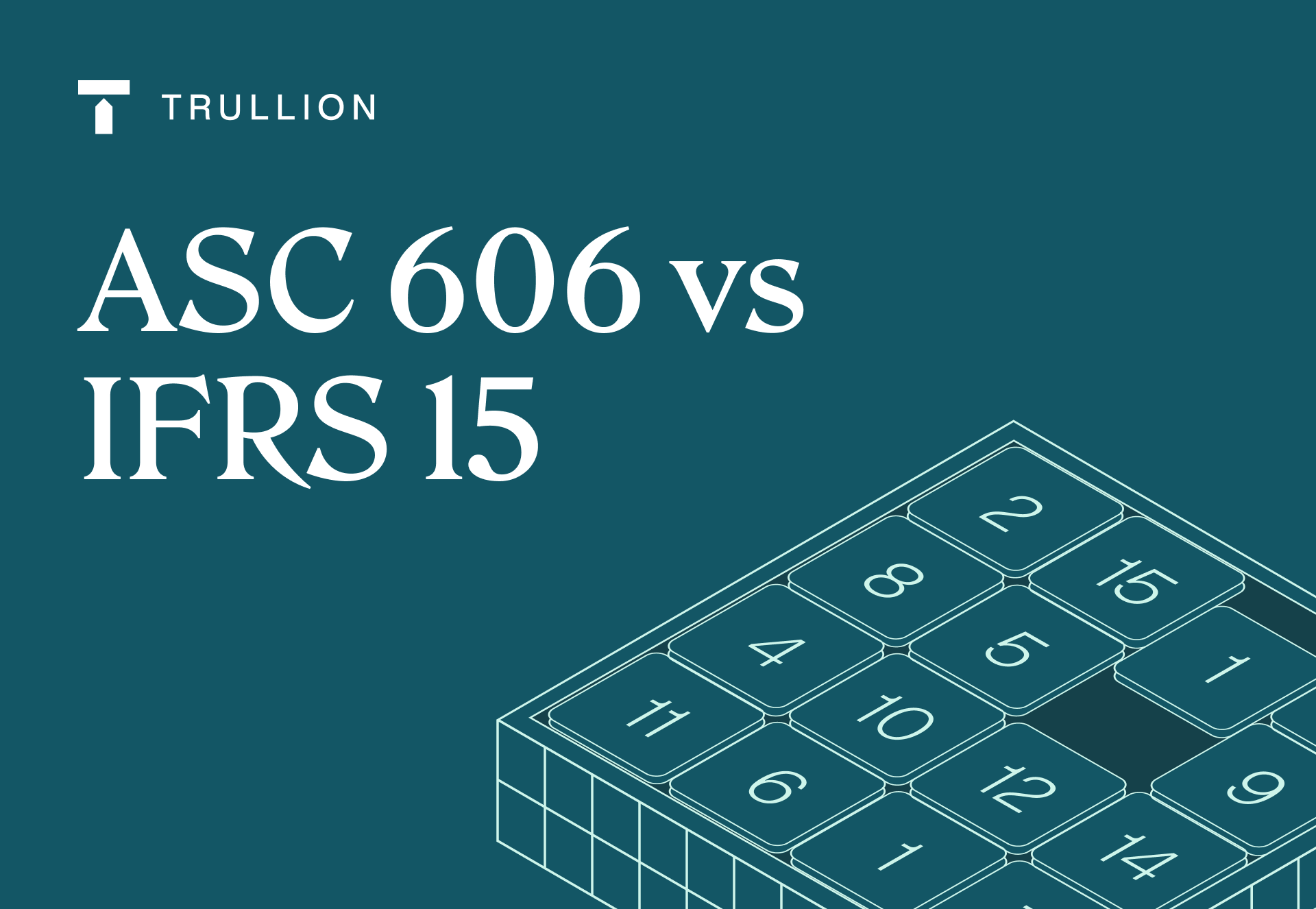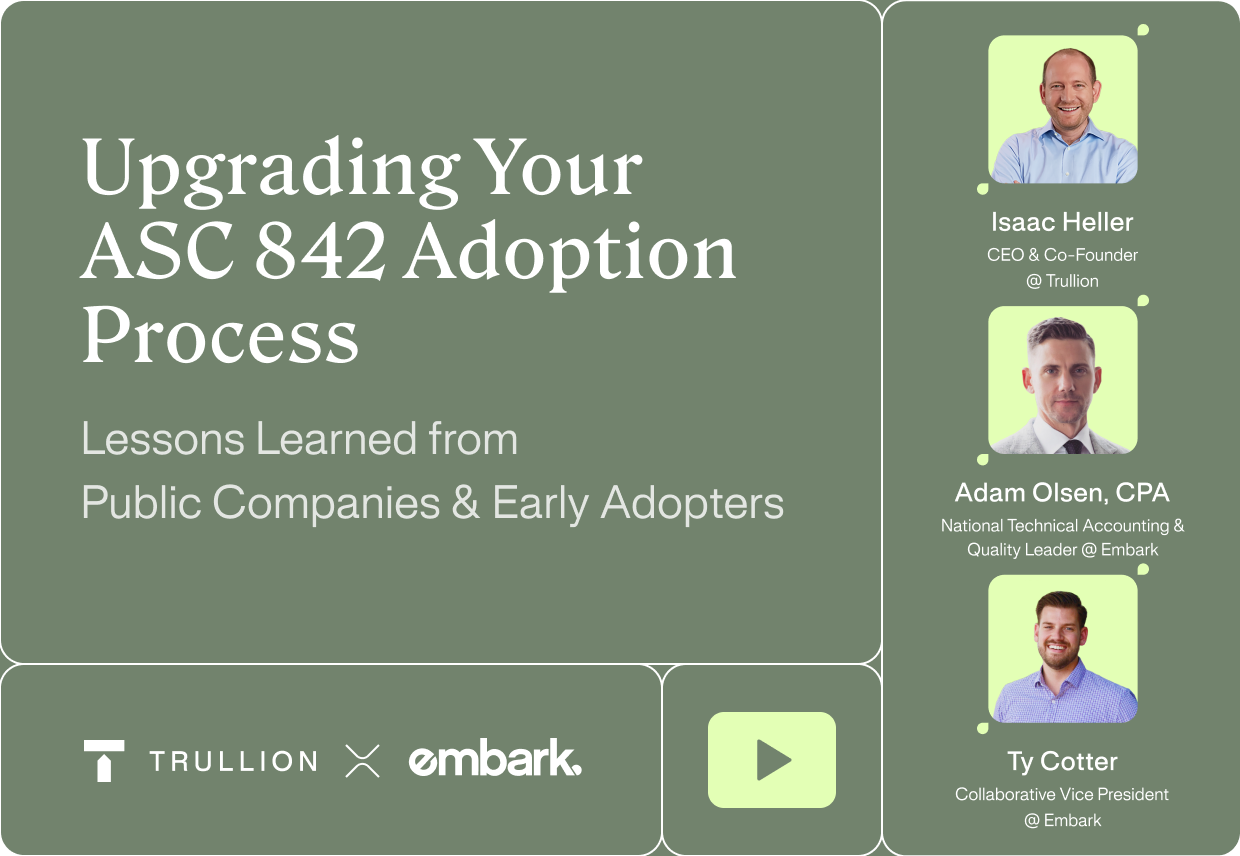ASC 606 and IFRS 15 are two revenue recognition standards that have replaced older standards and have been the subject of much debate. In this article, we’ll seek to clarify the similarities and differences between ASC 606 and IFRS 15.
In 2002, the US-based Financial Accounting Standards Board and the International Accounting Standards Board embarked on a project to improve financial reporting around revenue by creating a common revenue recognition approach for both US GAAP and IFRS. The result was “Revenue from Contracts with Customers,” ASC 606 for US companies, and IFRS 15 for the majority of jurisdictions outside the US.
Instead of it being “GAAP vs IFRS revenue recognition,” there is now essentially a common way to account for revenue. The goals were to reduce complexity, increase comparability, and bring revenue recognition in line with modern business practices.
Are ASC 606 and IFRS 15 the same?
ASC 606 and IFRS 15 are very similar in their approach but are not the same.
Notably, both are based on the 5-step revenue recognition flow:
- Identify the contract(s) with a customer
- Identify the performance obligations in the contract
- Determine the transaction price
- Allocate the transaction price to the performance obligations in the contract
- Recognize revenue when (or as) the entity satisfies a performance obligation
However, there are some differences between these two revenue recognition standards. These differences include:
Collectibility threshold: for a contract to meet the criteria specified in the standards, it must be “probable” that the company will collect the consideration from the customer. The threshold for this is different across ASC 606 and IFRS 15 and is consistent internally with the previous approaches of these standards (for ASC 606 this threshold is around 75% to 80%, and for IFRS 15 it is 50%).
Impairment loss reversal: US GAAP precludes an entity from reversing an impairment on an asset that is recognized in accordance with the guidance on costs to obtain or fulfill a contract, while IFRS 15 requires it.
Nonpublic entities: here the difference is who the standards are applicable to, and what relief is available. ASC 606 applies to nonpublic entities, while it also contains specific relief for such entities particularly around disclosure. For IFRS 15, some form of relief can be found in applying IFRS for small and medium-sized entities, where relevant.
License of intellectual property: specifically, examining the nature of an entity’s promise in this regard. The difference here relates to classifying IP as functional or symbolic (ASC 606), and determining if the customer can direct the use of and obtain substantially all of the remaining benefits from a license.
Intellectual property licenses – renewals: the differences here relate to the impact of different approaches on the timing of revenue recognition.
Shipping and handling: ASC 606 allows entities to include shipping and handling costs after the customer has obtained control of the goods as part of the activities to fulfill the promise to transfer the goods. IFRS 15 does not provide such an option.
Noncash consideration: the standards differ in that ASC 606 specifies how and when a noncash consideration should be measured, including with respect to variable consideration, whereas IFRS 15 does not specify this.
Sales taxes: In terms of IFRS 15 vs ASC 606, ASC 606 allows entities to elect a policy that excludes all sales taxes from the transaction price, while IFRS 15 does not offer such an option.
Companies do not generally have a choice in terms of which standard to use. The US mandates the use of ASC 606 – as of 2018, all public and private companies are expected to be using ASC 606, even nonprofits.
ASC 606 or IFRS 15: Win no matter which standard you use
As can be seen from the above examples, there are many nuances and complexities that come with these revenue recognition standards. Maintaining accuracy and compliance can be challenging, and revenue is always a key audit area.
That’s why using software to manage your accounting function for revenue is becoming increasingly important. Not only does it make your life easier, saving you and your team days, but it also ensures that you stay compliant with the relevant standard.
Trullion presents its successful Revenue Recognition platform, built from the ground up for compliance with ASC 606 and IFRS 15, depending on the company’s relevant accounting requirements.
Driven by AI and other advanced technologies, Trullion’s Rev Rec capabilities ensure that this complex process benefits from automation , freeing up accounting teams for high-value and high-impact activities.
Trullion empowers you to:
- See all revenue data in one place
- Customize automated revenue recognition rules
- Generate AI-powered analyses and reports
- Provide audit-ready information to auditors
Trullion is already being used by leading companies, audit firms, and consulting companies around the world, and you can benefit from the way accounting should be done when using the technologies and tools available today.
To learn more, book a call with a product expert today.










